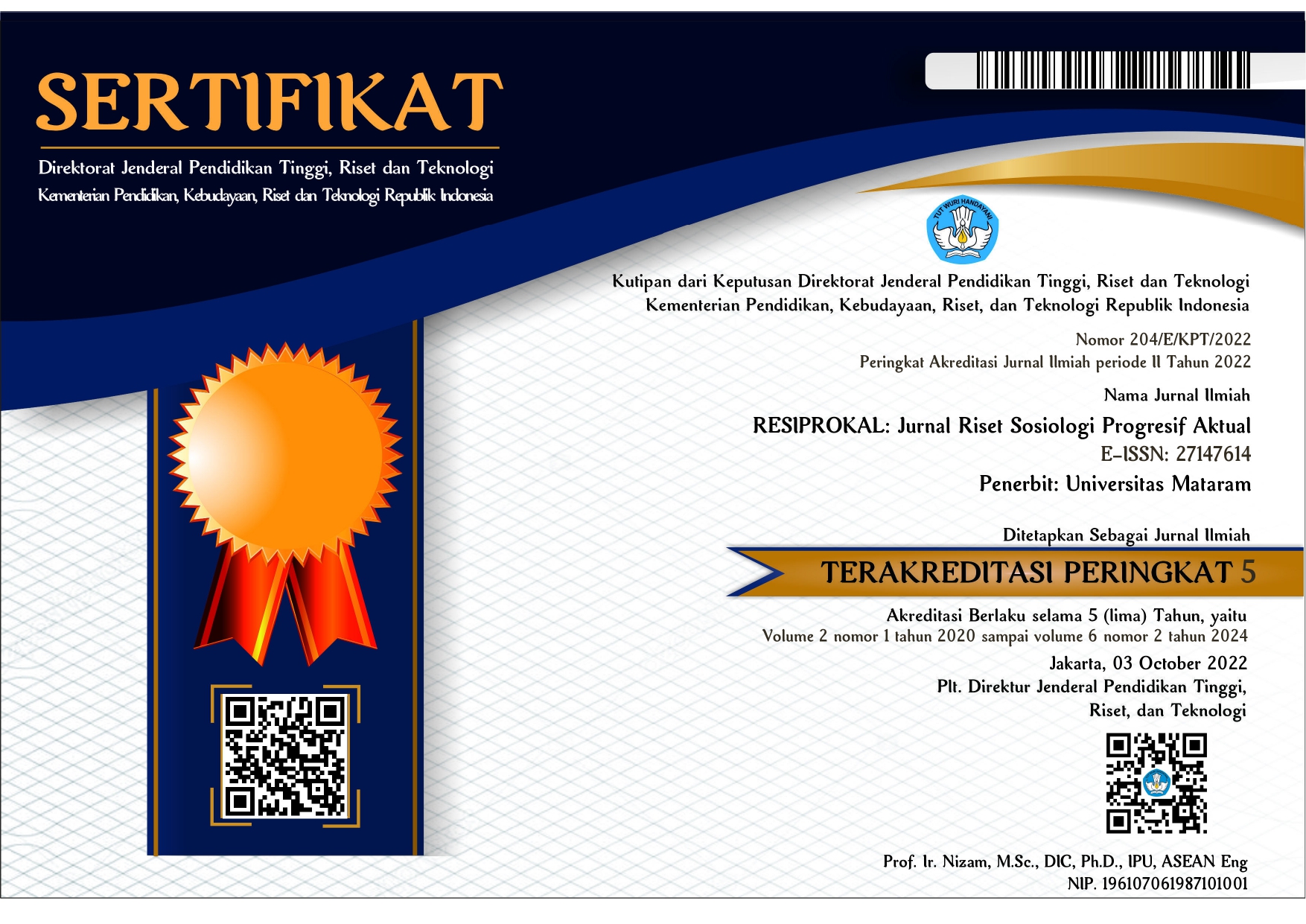line
Author Guidelines
The Manuscripts
The manuscript should be an original research paper that sufficiently contributes novelty to science education. Authors are requested to submit their papers electronically by using the RESIPROKAL online submission procedure. The corresponding author should also provide a statement that the manuscript is not concurrently being under consideration for publication elsewhere. The Editors will ignore submissions that do not follow these procedures.
General Guide of Manuscript
The manuscript format could be sent in MS Word.docx. Submitted manuscript accepted for publication or even published elsewhere is unacceptable and will not be published in RESIPROKAL. Manuscripts that are revision or elaboration of seminar, symposium, and workshop manuscripts could be published in RESIPROKAL by mentioning such things while submitting them. The manuscript sent to RESIPROKAL must be free from plagiarism and self-plagiarism.
Template of Manuscript
Before article submission to the journal's website, the manuscript layout is previously carried out as writing format guidelines of RESIPROKAL. A template for writing the manuscript to RESIPROKAL and complete guidelines of writing could be downloaded HERE.
Structure of the manuscripts
1. Title. (Concise and informative. Titles are often used in information-retrieval systems. Avoid abbreviations and formulae where possible).
2. Author's names and institutions. The author's names should be accompanied by the author's Name, Affiliation (Department Name), Name of Organization, City, and Country, without any academic title. For a joint paper, one of the authors should be notified as to the corresponding author with an email.
3. Abstract and keywords. Abstract: A concise and factual abstract is required (maximum length 200 words). The abstract should state briefly the purpose of the research, the principal results, and major conclusions. An abstract is often presented separately from the article, so it must be able to stand alone. References should, therefore, be avoided, but if essential, they must be cited in full, without reference to the reference list. Non-standard or uncommon abbreviations should be avoided, but if essential they must be defined at their first mention in the abstract itself. Keywords: Immediately after the abstract, provide a maximum of five keywords, avoiding general and plural terms and multiple concepts (avoid, for example, 'and', 'of'). Be sparing with abbreviations: only abbreviations firmly established in the field may be eligible. These keywords will be used for indexing purposes.
4. Introduction. State the objectives of the work and provide an adequate background, avoiding a detailed literature survey or a summary of the results.
5. Methods. Research design and method should be clearly defined.
6. Results and Discussion. Results should be clear and concise. The discussion should explore the significance of the results of the work, not repeat them. A combined Results and Discussion section is often appropriate. Avoid extensive citations and discussion of published literature.
7. Conclusion. The main conclusions of the study may be presented in a short Conclusions section, which may stand alone or form a subsection of a Discussion or Results and Discussion section.
8. References. This section lists only the papers, books, or other types of publications referred to in the body of the manuscript.







